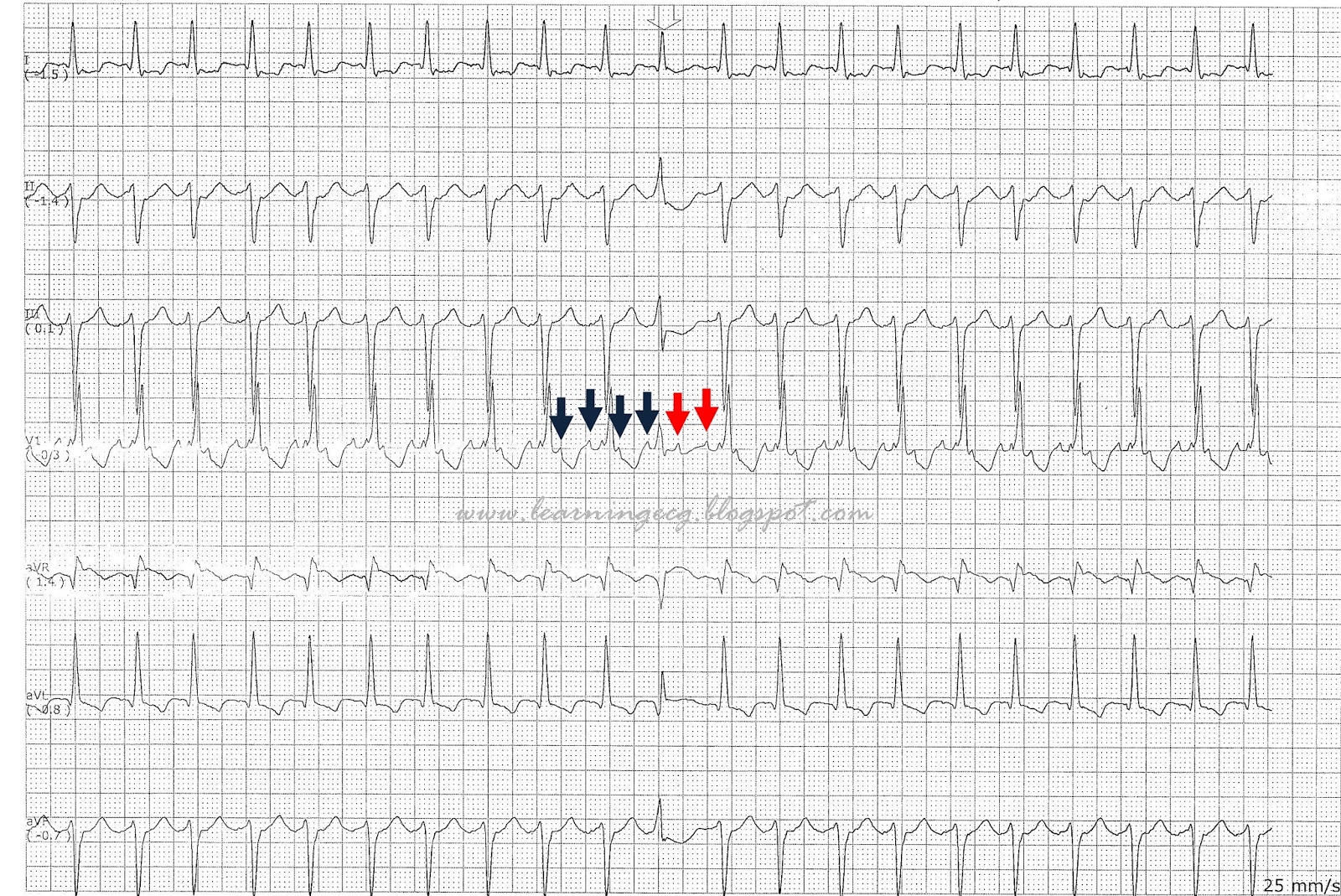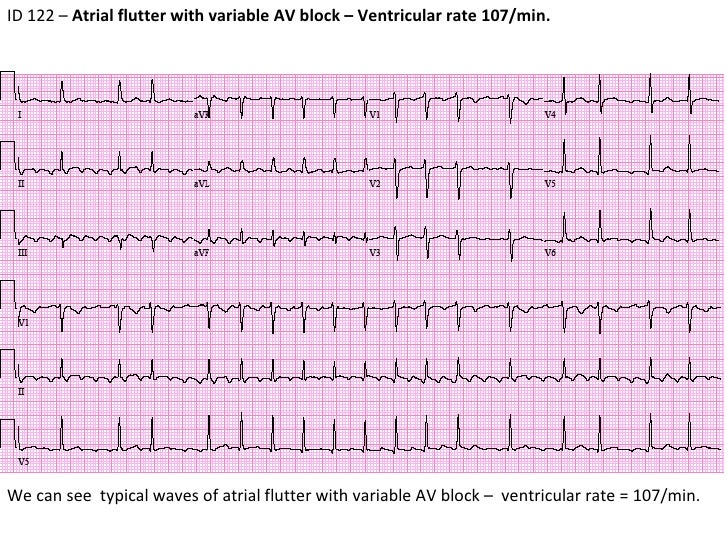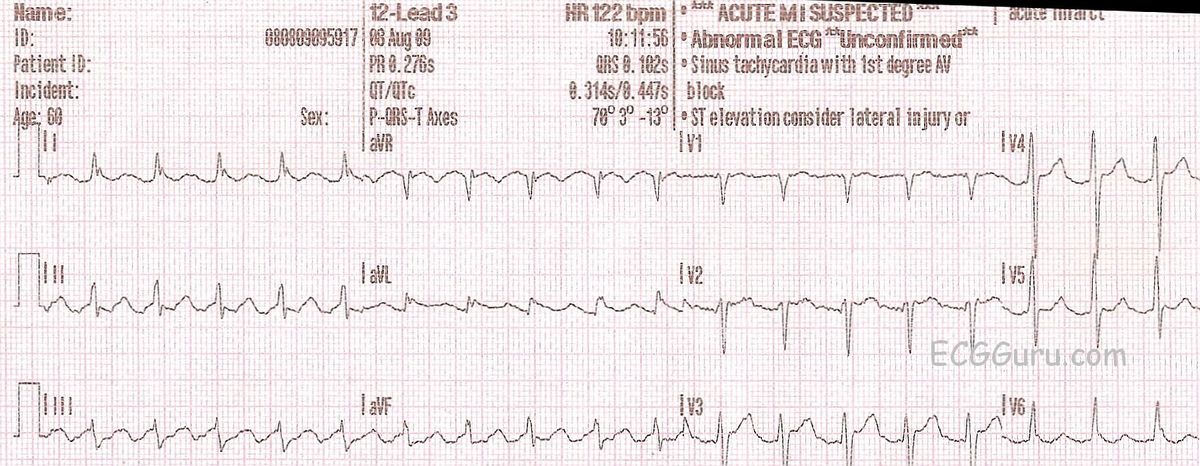

Sometimes, atrial flutter goes away by itself, and no further action is needed.

It may be normal or slow with drug therapy. Rate: The heart rate in atrial flutter is usually fast.

The following ECG characteristics can help identify atrial flutter: As a result, your heart beats too fast but still in a steady rhythm.

Instead, they move in a circle inside the upper chambers. In atrial flutter, electrical impulses don't travel in a straight line from the top of your heart to the bottom.
A FLUTTER EKG HOW TO
How to Spot Atrial Flutter on Your Watch ECG Most types of atypical atrial flutter can also be treated with catheter ablation, but the procedure is longer and more involved. Atypical atrial flutter refers to atrial flutter arising in the left atrium.This type of atrial flutter can be cured with a short outpatient catheter ablation procedure. Typical atrial flutter is localized to the right atrium.While the symptoms are similar, the treatments may differ. This pathway allows the electrical signal to move too fast around the heart. There are effective treatments for atrial flutter, including medication or procedures designed to scar small areas of heart tissue (ablation).Ītrial flutter is classified as typical or atypical (non-typical) depending on the location of the short circuit. However, the disorder can increase the risk of stroke, heart failure, and other complications. People with atrial flutter may not have symptoms. Sometimes a person may have episodes of both atrial flutter and atrial fibrillation. People with atrial flutter have a heart rhythm that's more organized and less chaotic than atrial fibrillation. Atrial flutter is a common disorder that causes the heart to beat in irregular patterns.


 0 kommentar(er)
0 kommentar(er)
